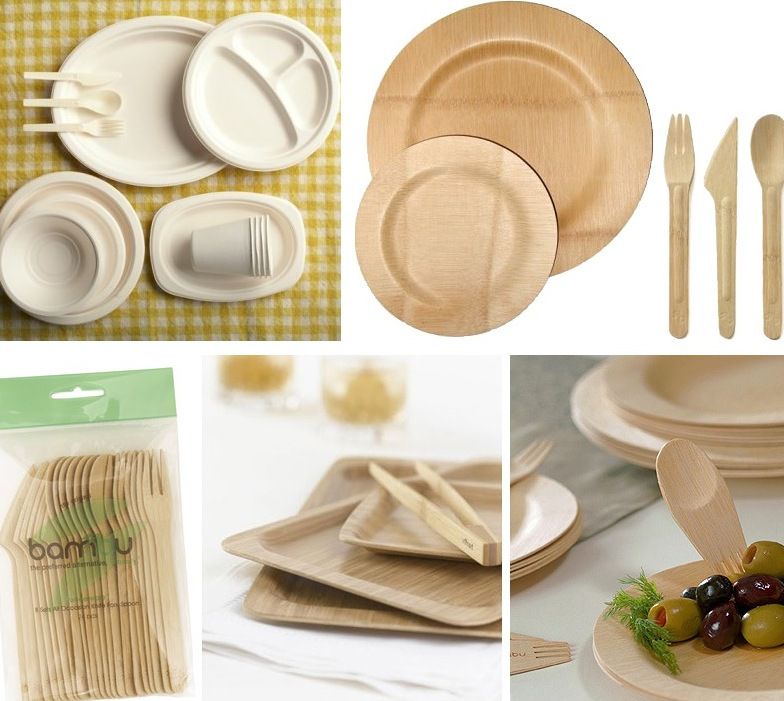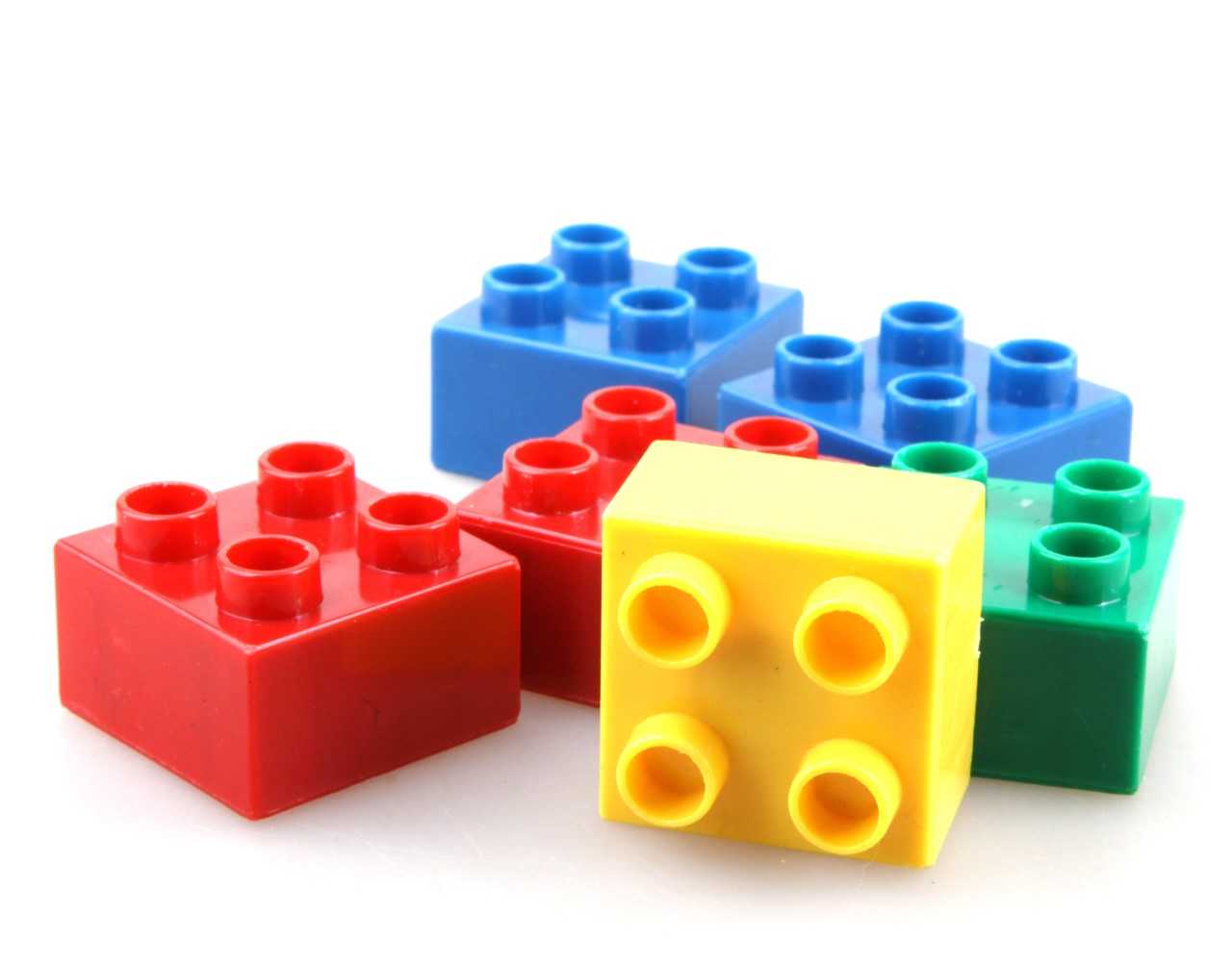Thermoplastic becomes a most common trend in custom plastic molding where heat allows it to act viscous to form the desired shape, which sustains upon cooling.
It is a usual case that in custom plastic molding, metals sometimes fail to retain the deflection and weight. This happens when the application demands a specification of material. Ultimately, thermoplastic is the material that provides a solution to this issue. This is because thermoplastic is the material that starts to melt upon heating. Therefore, thermoplastic is custom plastic molding is the common material. Therefore, to process the thermoplastic, Injection molding is the method.
You May Also Read: Factors that Impact the Plastic Corner Molding Process
However, apart from thermoplastic, there are several other resin materials for injection molding. Furthermore, the thermoplastic is not just a single material. It is a group that consequently comprises thousands of materials as thermoplastics. Nevertheless, to make custom plastic molding, knowledge, and identification of process and materials are important.
Consequently, making the right choice in selecting the right material and method is a hectic task. There are various roles and types that thermoplastic plays and offers.

There are thousands of resin products available for injection molding for custom plastic molding. But it remains a difficult task to even finalize the resin. Therefore, it becomes a hectic step in realizing which resin is perfect for which part. Hence, to understand which resin serve many applications is integral to its success.
Acrylonitrile Butadiene Styrene: Acrylonitrile Butadiene Styrene is also known as ABS plastic. ABS plastic is the most demandable plastic product by the majority of the consumers. This is because ABS plastic stands rigid and hard at low temperatures. The product is resistant to heat, pressure, abrasion, chemical, and offers tensile strength.
Acetal Copolymer Polyoxymethylene: This plastic remains stable at high temperatures and offers resistance to creep and moisture. Due to a low melting point, ACP plastics are easy to process parts. They also characterize remarkable resistance to fatigue, good tensile strength, and lubricity.
Acetal Homopolymer Polyoxymethylene: AHP thermoplastics feature high strength, stiffness, resilience, and high fatigue resistance of all the thermoplastics. These plastic products are prone to low moisture resistance along with high creep and abrasion resistance.
Acrylics: Acrylics share the majority of their properties in resemblance to glass. Acrylics are the glass replacements. As a substitute, acrylic offers a wide variety of applications. The Acrylic thermoplastics, therefore, represent a great variety in terms of durability, toughness, light control properties, and scratch less glass. It replaces the glass optics and thus offers decolorization properties with low haze and high strength.
Polycarbonate Thermoplastics: This range stays tough in the face of high temperature and pressure. The following plastic helps in making a wide range of applications and uses. This includes general purpose material with moderate properties. It also helps in making extrusion molding material with special and high-grade retardant properties. Furthermore, the product helps in making rust and contamination resistance products for the pharma and food industry.
Polystyrene Thermoplastics: Polystyrene is a low-cost thermoplastic material that sustains its credibility at low temperatures. In comparison, it offers low heat resistance as to other thermoplastic products. The product requires a low constant temperature of below 200-degree F. AT this temperature of the material can hold its integrity and stiffness. However, the product is easy to manufacture and offers a wide range of properties. This includes colorization, hardness, and clarity.
The above properties of each thermoplastic material, therefore, helps in recognizing its best use in applications. Hence, users must know the value, grade, and properties of each classification according to their requirements. Furthermore, such a broad variety of thermoplastics for custom plastic molding offer multiple advantages and disadvantages. These advantages and disadvantages depending upon each application of its use. However, owing to some general use, there are many general pros and cons which are common for all.
These are some of the common advantages of thermoplastics in custom plastic molding. Such properties and advantages consequently enhance the user of these thermoplastics for a wide range of applications. Nonetheless, there are some disadvantages also that hence are affecting the quality and grade of thermoplastic materials.
Certainly, these disadvantages, just like advantages are not common for all the thermoplastics materials. Therefore, the wide variety of benefits and disadvantages makes the selection of the right material for the right product a difficult task.

With a wide variety of properties, thermoplastics offer extremely important features and applications. Thermoplastics in custom plastic molding play a major role in almost every industry. Consequently, it is difficult to list specific uses for the specific industry. However, it is considerably easier for us to list down the common applications. Some of the common uses are:
You May Also Read: Plastic Molding Manufacturer: A Guide to Cooling Rate Process
Custom Plastic Molding using thermoplastic products play a major role in the injection molding industry. However, the custom molding in injection plastic demands high tolerance and repeatability. This, therefore, requires high engineering expertise. Manufacturers can only achieve expertise when they are keen on understanding technical and engineering concepts. Consequently, this allows them to be able to manage and practice what and how each type they must use or not. This is because this custom plastic molding carries a wide range of industrial applications. with ever-increasing demand custom molding demands precision production, high volume demand but at a lower and competitive cost.
For More Information Contact Us Today!
